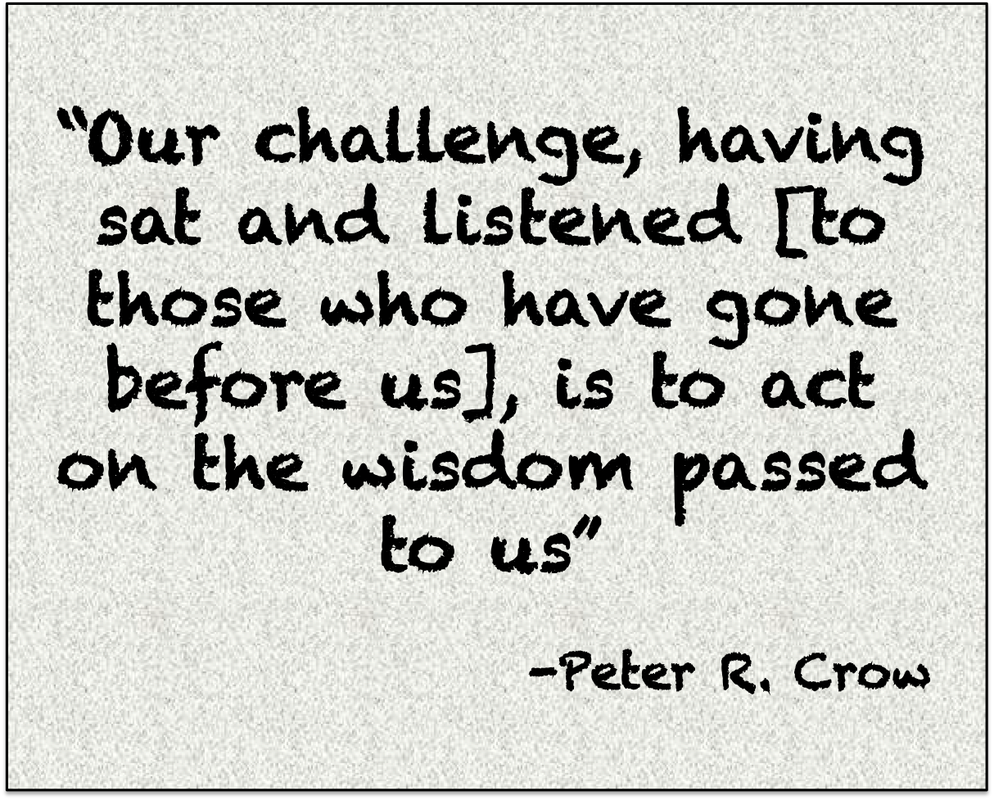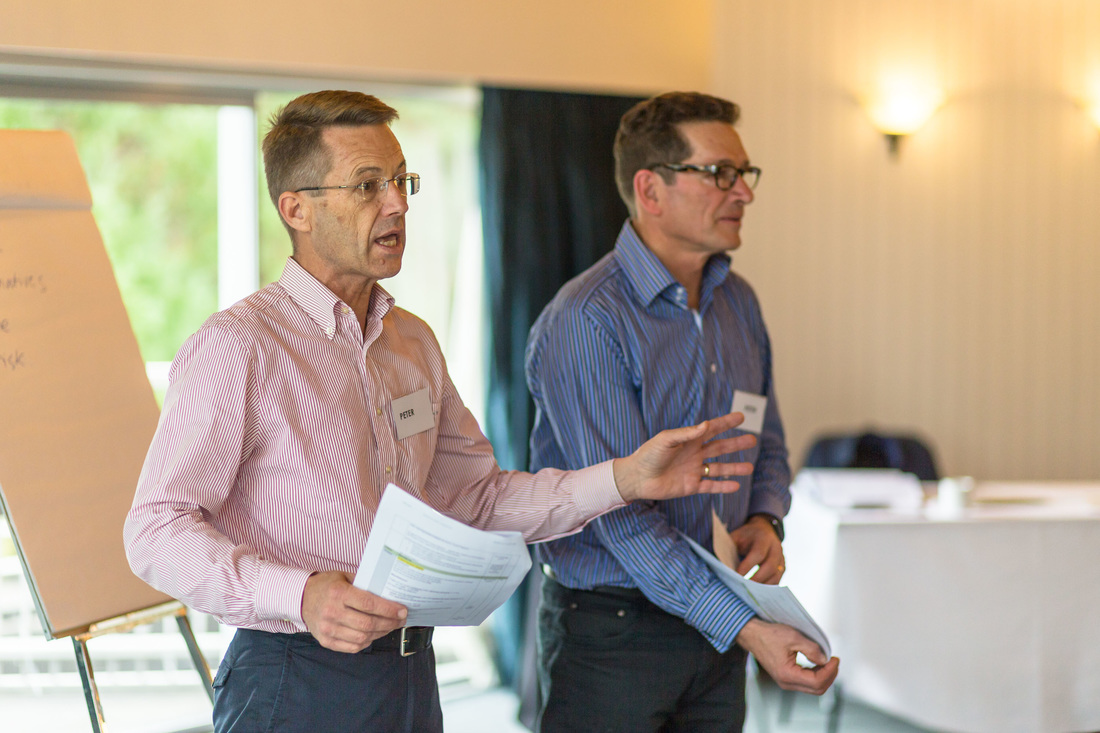|
News emerged today that many FTSE 250 company boards had made no contingency plans for a possible #Brexit decision. As Alice Korngold notes in her article, this highlights serious deficiencies in relation to risk management, board process and board composition. Korngold is right to challenge boards on this exposure. But does Korngold go far enough? Most of the concerns expressed are framed in the context of a traditional understanding of boards and corporate governance: monitoring the executive and managing various risks. Directors carry important duties, to the company and shareholders. In addition to acting in the company's best interests, directors have an important responsibility to deliver value to shareholders (in whatever form might be agreed). This means that monitoring the executive and managing risks is insufficient. More is required. Boards also need to make important decisions to set the company on a path towards a desired future state. An increasing percentage of directors say they are involved in strategy (read the surveys), suggesting boards do take their responsibilities seriously. However, observations of boards in session (i.e., board meetings) suggests that a gap exists between claimed and actual behaviour. Korngold's commentary adds to those concerns. That some boards are not performing the 'basics' of monitoring performance and managing risk adequately—let alone driving future performance—is problematic. What confidence can shareholders have that boards are considering strategic options and determining an appropriate strategy to achieve the company's purpose? The bluff and bravado that has permeated the discourse needs to be replaced with an authentic commitment to drive business performance. Is this too much to ask? Looking to the future, if the result of the British plebiscite does little more than motivate boards to take the future performance of the company more seriously, then it will have been a worthwhile exercise. Until then, Barton and Wiseman's observations are likely to remain—sadly—resoundingly accurate.
0 Comments
One of the biggest shake-ups to confront the Western World (since the collapse of communism and the fall of the Berlin Wall anyway) occurred in the United Kingdom last week. The result of a much anticipated plebiscite was a decision by the British people to leave the EU. In the weeks leading up to the referendum, the flow of information became a cacophony as politicians, scaremongers and other 'experts' promoted various positions, in an effort to influence to voting public. Finally, the day arrived and the people voted. Soon, the results were published. The people had spoken. Some cheered while others mourned. Curiously, some reacted by rueing their decision, wondering whether they had voted wisely. Really? With a straightforward question to answer and a plethora of information to hand, how could anyone make the 'wrong' choice (unless they didn't vote, of course)? Is this reaction an outpouring of buyer's remorse on a national scale, or is something else going on—an indication that some did not take the decision seriously or that a dose of hubris clouded the better judgement of some voters perhaps? The British plebiscite highlights a behavioural weakness that besets many people. From an early age, we spend our lives learning as much as we can, aspiring to become experts in whatever field interests us. Most of us want to excel; to realise our potential. In our haste to make decisions and get ahead, we tend to embrace new ideas and disregard 'old' ones. If we can secure an advantage, we'll take it—thank you very much. But when it comes to big decisions, we may not be as smart as we think we are. Decisions that are based on politically-motivated or emotion-filled pleas, or knee-jerk responses seldom deliver the 'best' outcome. Often, the best decisions are those made after we have paused and looked back, for guidance about how best to move forward. Whether we are cast as leaders or followers, we could do far worse than to seek out people like Bill and Augusto, sit with them and, having asked them a question, listen intently to what they have to say. Our challenge, having sat and listened, is to act on the wisdom passed to us.
The sharing of knowledge with clients and conference attendees is an activity that I find very fulfilling, mainly because it is a two-way activity. Be it facilitating a professional development course, speaking at a conference or dinner event, or facilitating a private learning workshop, the opportunity to both share knowledge with and learn from attendees is one to be taken seriously. On several occasions recently, I have had the privilege of seeing this operate at yet another level: a team-based delivery model whereby two presenters work together to share insights, answer to questions and learn from the assembled group. The positive response from attendees to a team-based model was a sight to behold. The levels of engagement; esprit de corps; and, quality of learning amongst the assembled group (not to mention the banter between the presenters) really lifted the learning experience. The following examples provide windows into two of my recent experiences, and then the learnings to emerge follow. Rural Governance Development Programme Earlier this year, Peter Allen of Business Torque Systems invited me to join a team to refine the five-day Governance Development Programme (a popular course previously run by DairyNZ for dairy businesses) to suit all of rural businesses. In updating the course, a decision was made to use a team-based delivery model, with two presenters working together with attendees. The hope was that this would provide better coverage of the material, as well as enabling attendees (directors, shareholders and chief executives of rural businesses) to a hear different perspectives as the course progressed. And so we jumped in... We resolved to work from the front of the room together, sharing the speaking and listening roles... We stepped aside, to check in and make adjustments... This picture, taken on the third day (of five—the course days are spread over a ten-month period so delegates can apply their learning in practice and bring questions and experiences back to the next session), captured us discussing a couple of 'in-flight' adjustments while participants worked on an exercise to improve their strategic decision-making skills in a boardroom setting. Health sector board member development workshop The second example relates to the delivery of a professional development session for the board members and executives of three primary health organisations (PHOs). They wanted a refresher on board effectiveness and strategy in the boardroom—topics dear to me. The organiser was keen on a two-person delivery model as well, which created another opportunity to explore and experience the effectiveness of the team-based model. I organised to work with a trusted colleague, Murray. We know each other well and share a commitment to excellence but have slightly different styles. After introductions and scene-setting, we asked the group to tell us what they wanted to get from the session and to mention specific areas of interest. Then it fell on me to lead the first session (board effectiveness) with Murray chipping in regularly to help answer questions and share examples from his experience. The roles were reversed for the second (strategy) session later in the afternoon. Finally, we jointly ran an free-flowing plenary session to check all of the areas of interest had been addressed and answer any remaining questions. Learnings Feedback from the attendees (informal plus evaluation sheets) from both the rural course and the health sector learning session indicated that the double-teaming model works. Attendees said they got more from the session than they thought they might have gained had there been one presenter. They could listen to and tell stories to connect ideas with practice; ask similar questions and get a different (!) responses; and, they said they benefitted from tapping into a broader pool of knowledge and experience than what would otherwise have been possible. One board member went as far as saying that the session was "the best learning session ever organised by <PHO-name omitted>", gratifying feedback indeed. The levels of trust and interaction in the room in both the rural course and the health sector session were also noticeably high. (Whether this is a reflection of what is being modelled from the front of the room or it is simply an expression of the delegates' innate character and desire to learn is open for debate!) Where to from here? Though not without its challenges (working so closely together requires considerable planning and trust, for example), the early experiences have been positive. There is also a 'cost' of putting two people in the room. However, the benefits in terms of enhanced learning outcomes tip the balance in favour of the team-based model—especially for advanced topics and multi-day courses. The learning theorists are probably all across this, so I'll need to play catch-up. If you have any experiences to share—positive or negative—I'd be keen to hear from you. Please respond by posting a reply or send me an email.
The matter of diversity in corporate boardrooms has been the topic of much debate in recent years. Some people have claimed that the die is cast: that the presence of women (or some other group) in the boardroom leads to increased business performance. Others are less convinced. I have contributed to the debate on a few occasions, both as a panelist and in print. You can read some of my comments here and here, or use the search box to find other articles on diversity. While the debate goes on in the trenches, some commentators have begun to stand back, to offer a more holistic perspective. Jeff Jacoby, for example, has just written this article, published in the The Boston Globe. His balanced summary highlights various aspects of the debate. Two sentences stand out: "The evidence that more female board members means higher corporate profits is murky at best." "Either way, what no study has managed to nail down is causation." With these comments and others in the article, Jacoby has put his finger on the core of the issue. Board effectiveness (especially any relationship between board attributes and subsequent firm performance) is a complex issue. No one structure, composition or set of behaviours fits all situations (much less all companies). Looking ahead, the challenge is two-fold. First, everyone who is interested and capable of making an effective contribution in the boardroom needs to be encouraged to offer themselves as a serious director candidate. Shareholders (or their nomination committees) need to work hard to find and appoint the best candidates—regardless of any physical attribute or notional diversity variable. The ability to govern well in the team environment must be the compelling basis of assessment. Second, the rhetoric needs to continue to mature, beyond the blunt instrument of observable characteristics to focus the subtleties of what actually matters—the capabilities of directors (individually and collectively) and the quality of boardroom interaction and debate as boards consider options; make strategic decisions; and, pursue performance goals in the context of the agreed purpose of the company.
Several months ago, the editors of Ethical Boardroom contacted me to write another article for their magazine. Previously, I'd written articles on governance issues in New Zealand and Australia and accountability; and, provided a commentary piece on internships. Given a free reign (within the bounds of editorial deadlines), I agreed to share some observations about the boards of social enterprises and, in particular, explore board effectiveness—all based on recent experiences in boardrooms and with members of social enterprise boards. The article is now available here. The commentary, which has generated considerable interest and feedback—including amongst directors and boards of profit-seeking companies—suggests that the 'secret' of effective board contributions lies in board members looking ahead and working together towards an agreed goal. My doctoral research bears this out: the board's ability to exert influence from and beyond the boardroom (including over firm performance) seems to be contingent on the board maintaining a close involvement in strategic management, and a few (I found five) characteristics of directors and social interactions being expressed as the board does so. If the large number of people that have already seen the article and asked questions is any indication, the topics of board effectiveness and sustainable business performance are of great interest. The feedback has been gratifying. Thank you. If you want to learn more about board effectiveness; the underlying 'performance' characteristics of boards; or, how to embrace a high performance board environment, please get in touch.
Guest blog: Lloyd Russell (TCB Solutions, Brisbane, Australia) Family-owned businesses constitute a special category of company—made different by the familial influence that often pervades decision-making and operations. Consequently, directing within this environment can be challenging, especially for external directors. The challenges associated with family influence can be mitigated somewhat if the family members know why they might want to recruit external directors, and the purpose of the family business is defined and agreed. Each director needs to understand the business of the business well if contributions are to be effective. This does not mean that directors need to be fonts of technical knowledge. Rather, they need to understand the business’ strategy, supply chain, business model, core competencies and operational mechanisms. The question of what family members want from the business and the board, and especially from external directors needs to be answered. In some cases, the family simply wants added expertise and independent contributions in pursuit of agreed performance goals. However, it is more common for expectations to ‘creep’ beyond this because of the inherent complexities of the three overlapping frames of family business: family, business and ownership. As a consequence, external directors can find themselves snared in all manner of (often unstated) expectations beyond the boardroom. Families considering adding one or more external directors need to become ‘board ready’. This is where sound rational discussion often meets emotional attachment and passion! As an accredited family business advisor I take significant time to understand the dynamics and prepare the family for this important step, which is often a massive leap of faith for many families. A good rule of thumb when writing director profiles is to think in terms of 40% IQ, 50% EQ and 10% SQ. Why? In addition to being technically competent, external directors need to be both aware of and sensitive to family and personal dynamics, and they need to understand the family legacy. Influential family members may or may not own shares; may or may not be directors; and, they may or may not work in the business on a day-to-day basis. These variations often lead to quite different expectations. Managing the family’s expectations is critical because directors have a legal obligation to the business first and foremost. The board’s main priority is to deliver on agreed strategic priorities. However, family members often expect more from external directors including (but not limited to):
As a result, the family and potential directors should conduct due diligence, to understand and clarify expectations in order to minimise the chance of unpleasant surprises at a later point. On the flip-side, the addition of external directors can be incredibly rewarding. While there is no ‘silver bullet’, the appointment of external directors can lead to a dynamic boardroom and, ultimately, a highly valuable family-owned business. About Lloyd Russell:
Lloyd is a fourth generation family business member and an accredited family business advisor. He is based in Brisbane while servicing clients throughout Australia and internationally. He is a specialist in family business strategy and governance with a particular focus on inter-generational transfer; has over 30 years’ experience in senior management; and, is an accredited neuroscience practitioner. Contact Lloyd by phone +61 413 549 748 or by email [email protected] The prospect of achieving and sustaining high business performance is an on-going challenge for most company leaders. While, boards of directors are increasingly taking an interest in value creation, many well-resourced companies, some dominant in their sector, deliver mediocre performances year after year. In contrast, other less well resourced companies seem to do better. Why is this? What makes the difference? Simon Sinek, the guy behind the golden circles illustration, has an answer worth considering. Check this out: What can boards of directors, trustees and chief executives learn from this clip?
Ultimately, leadership becomes great (and high performance more likely) if and when these two feelings are played out in full: trust and co-operation.
|
SearchMusingsThoughts on corporate governance, strategy and boardcraft; our place in the world; and other topics that catch my attention. Categories
All
Archives
May 2024
|
|
Dr. Peter Crow, CMInstD
|
© Copyright 2001-2024 | Terms of use & privacy
|








